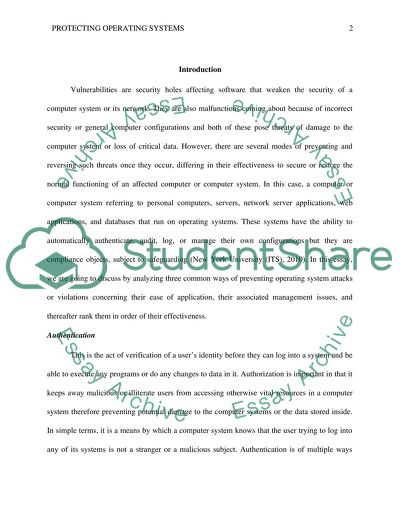Cite this document
(“Security Vulnerabilities of an organizations operating system Research Paper”, n.d.)
Security Vulnerabilities of an organizations operating system Research Paper. Retrieved from https://studentshare.org/information-technology/1488437-security-vulnerabilities-of-an-organizations
Security Vulnerabilities of an organizations operating system Research Paper. Retrieved from https://studentshare.org/information-technology/1488437-security-vulnerabilities-of-an-organizations
(Security Vulnerabilities of an Organizations Operating System Research Paper)
Security Vulnerabilities of an Organizations Operating System Research Paper. https://studentshare.org/information-technology/1488437-security-vulnerabilities-of-an-organizations.
Security Vulnerabilities of an Organizations Operating System Research Paper. https://studentshare.org/information-technology/1488437-security-vulnerabilities-of-an-organizations.
“Security Vulnerabilities of an Organizations Operating System Research Paper”, n.d. https://studentshare.org/information-technology/1488437-security-vulnerabilities-of-an-organizations.


